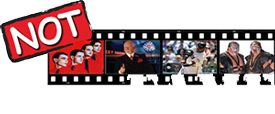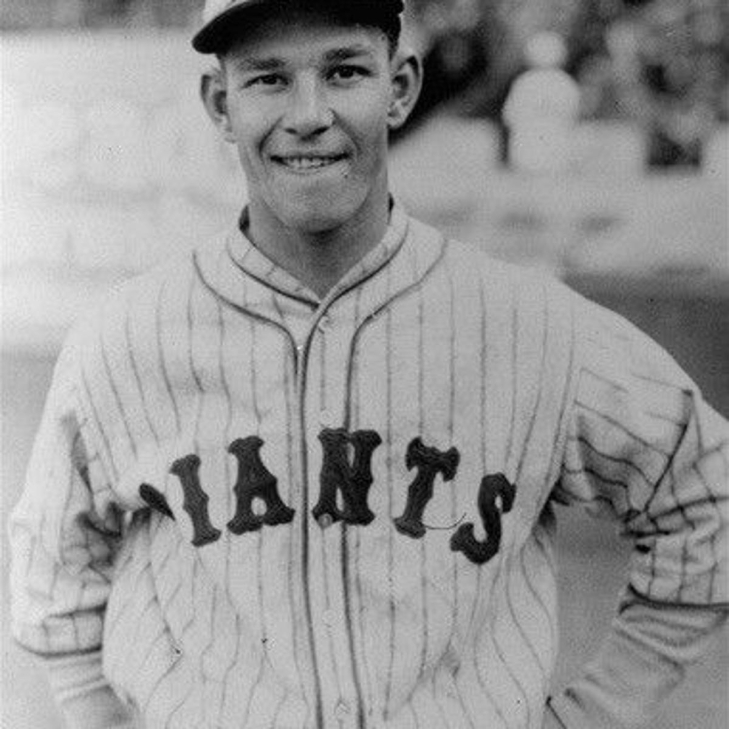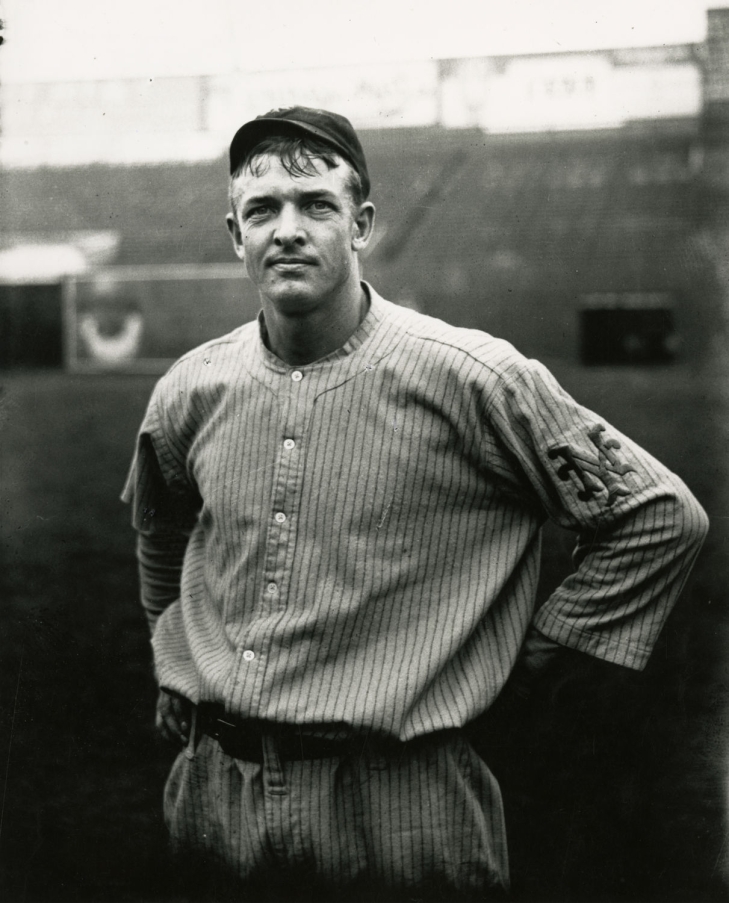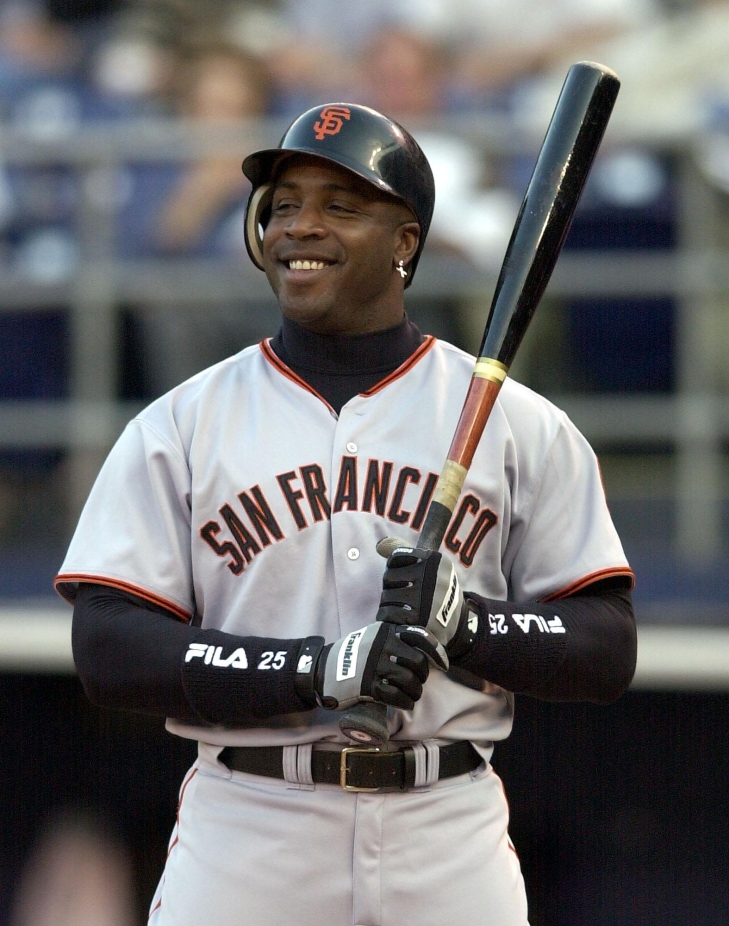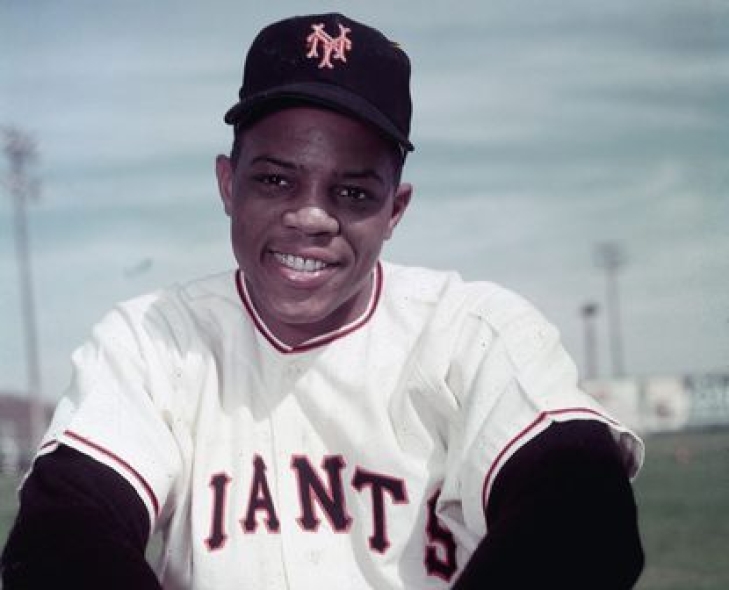
Committee Chairman
3. Mel Ott
Mel Ott was highly sought after as a teen, but his slight 5’ 9” frame made scouts pause. The Giants signed him in 1926, and he would play for them that year, and was a starter in the Outfield two years later, making every team that passed on him curse their hesitation.
Ott did not look like a power hitter, but he was. Smacking 42 Home Runs in 1929, Ott never had another 40-plus year, but he had seven more 30-plus ones, six of which were good enough to lead the National League. No other player in the National League smacked more taters than Ott did in the 1930s.
Throughout that decade, the Giants were also very good. Winning the pennant three times, Ott led New York to a title in the first one, 1933. Ott was not just a power hitter; he batted over .300 ten times and knew how to work the count to get on base. Ott led the NL in free passes six times and On Base Percentage four times.
When the Majors began the All-Star Game in 1933, Ott participated in the second one, beginning 11 straight. A two-time OPS leader, Ott was a fixture of greatness for years, but that was aided in that late in his career; he was not one of the players in the American Military during World War II. Ott was also named a Player/Manager in 1941, though his skills were declining.
After barely playing in 1946 and 1947, Ott was released after the season. Over his career, Ott blasted 511 Home Runs and had 1,860 RBI, 2,876 hits, and a 3/4/5 career Slash Line.
In 1951, Ott entered Cooperstown in his third year on the ballot, three years after the Giants retired his #4.
4. Christy Mathewson
There are few players to could lay a stake as the best player at their position in multiple years. Christy Mathewson is one such player and could say so for at least a decade.
The Giants first acquired Mathewson in 1901 from Norfolk in the Virginia-North Carolina League, but his stay was brief, and he was returned to the Minors. The Cincinnati Reds swooped in for Matthewson in that off-season, and the Giants rethought their stance on the Pitcher and traded back for him. It remains one of the best second guesses in sports history.
Mathewson immediately proved the Giants brass correct with a good pair of seasons followed by a breakout where he went 30-13 and led the NL in Strikeouts with 267. The Giants won the Pennant the following year but would not play in the World Series due to acrimony between both teams (Boston) management, and Mathewson, who had 33 Wins, and was again the Strikeout Champion (212), was deprived of a chance for a Title. That would not happen in 1905.
Mathewson won the Pitcher's Triple Crown (31 Wins, 1.28 ERA & 206 SO), and the Giants would not be denied, with Mathewson leading them to their first World Series. Winning the Triple Crown again in 1908 (37 Wins, 1.43 ERA. 259 SO), Mathewson won another ERA Title in 1909 with a sparkling 1.14. For the remainder of the decade, Mathewson remained the elite hurler in the NL.
As his power dissipated in the 1910s, his accuracy increased, keeping him as a dominant mound maestro. Mathewson won two more ERA Titles (1911 & 1913), and he had a five-year run (1911-15) leading the NL in BB/9, giving him seven in total. The team around him improved, and Mathewson brought the Giants to three straight World Series (1910-12), but although he pitched well, the team floundered and gave little run support, and New York lost all three.
Mathewson's skills eroded in 1915, and he quickly became a shell of his former self. He was traded to the Reds during the 1916 Season, where he became a Player/Manager, but he only appeared in one Game as a player. He is the all-time franchise leader in bWAR for Pitchers (100.6), ERA (2.12), Wins (372), Innings Pitched (4,779.2), and Strikeouts (2,504). Mathewson was elected into the Baseball Hall of Fame in 1936 as part of the first Hall of Fame Class. The Giants honored Mathewson with his name and a "NY," along with the other retired numbers.
2. Barry Bonds
Barry Bonds is one of the most controversial players in Baseball history, and he was already a two-time defending MVP when he signed with the Giants as a Free Agent. What he accomplished with his bat in the Bay Area may never be seen again.
In his first year in San Francisco, Bonds won his first Home Run Title (46), RBI (Title (123), and was also the league leader in OBP (.458), Slugging (.677), and OPS (1.136). He won his third MVP while also winning the Silver Slugger and Gold Glove. Bonds was as good as he always was and remained an upper-echelon power hitter throughout the 90s. As proven a commodity as he was, the game was changing around him, and other sluggers were (allegedly) increasing their hitting numbers through the use of PEDs.
At age 35, Bonds set a new personal record for Home Runs (49), and his body appeared to be changing. There would be no doubt that something was different when in 2001, he shattered Mark McGwire's single-season Home Run record with 73. Bonds won the MVP again that year, and regardless of how fans and writers viewed him, there was zero doubt that he was the most feared hitter in Baseball.
From 2001 to 2004, Bonds won every MVP, every OBP Title, Slugging Title, and OPS Title. He was so good that he was intentionally walked with the bases loaded. No player has ever, and likely will ever, have a four-year run of hitting success like that.
Following 2004, Bonds became oft-injured, but when he was at the plate, he remained unstoppable. Following his contract's expiry, the Giants nor any other club offered him an opportunity. He would retire, belting 586 Home Runs, 1,440 RBI, and recording a Slash Line of .312/.477/.666 for San Francisco.
Controversy or not, there will never be another hitter like Barry Bonds again.
The Baseball Hall of Fame may never call his name, but the Giants inducted him into their Wall of Fame in 2017.
1. Willie Mays
Willie Mays played two years with Birmingham of the Negro Leagues before he signed with the New York Giants, and it would not take long before the “Say Hey Kid” became the face of the franchise.
Mays could do it all. When they speak of five-tool baseball players, Mays is the literal definition. He had it all. Mays had the power, the speed, the glove, the arm, and the average. There was nothing that he could not do, and that wasn't the case just for a year or two; Mays had those skills for most of his career. Mays could very well be the most complete baseball player that ever lived.
Debuting for the Giants in 1951, Mays won the Rookie of the Year and was the spark plug for the team that shocked the world by coming from 13.5 Games behind in August to win the Pennant. New York didn’t win the World Series, but they had a star on the rise, but military service kept him out of 1953 and most of 1952. When he returned, he staked a claim as baseball’s top dog.
Mays won the Batting Title, 1954 MVP, and led New York to a World Series Championship. Although 1954 was his only World Series win, his individual greatness was cemented in every facet of the sport. He went to his first All-Star Game and would be invited every year until 1971.
Mays had the perfect eye at the plate. He batted over .300 nine times and drew Walks, netting an OBP over .400 five times and winning two OBP Titles. The Power game with Mays was also one of the best ever. Mays won four Home Run Titles, blasting 646 of 600 career Home Runs with the Giants. Mays never won an RBI Title but had at least 100 in a season ten times with 1,909 overall as a Giant. An MVP again in 1965, Mays had six more top-five MVP finishes.
Speed was another one of Mays's calling cards. He led the NL in Stolen Bases four years in a row (1956-59) with 336 as a Giant. Mays was also one of the game's top defensive players, having not only made the 1954 over-the-head catch in Game 1 of the World Series but continuing to dominate on the field. He led the NL in Defensive bWAR in 1954 and was in the top ten seven other times. He also was a three-time leader in Total Zone Runs.
Mays was traded to the New York Mets during the 1972 Season, where he unceremoniously ended his career, though he did help them win the 1973 Pennant. He is still the all-time Giants leader in bWAR (154.5), Offensive bWAR (134.8), Runs Scored (2,011), Hits (3,187), and Home Runs (646).
Mays was inducted into the Baseball Hall of Fame in 1979, his first year on the ballot. San Francisco retired his number 24 in 1972 while he was still an active player, and he was later an inaugural member of the Giants Wall of Fame in 2008.
